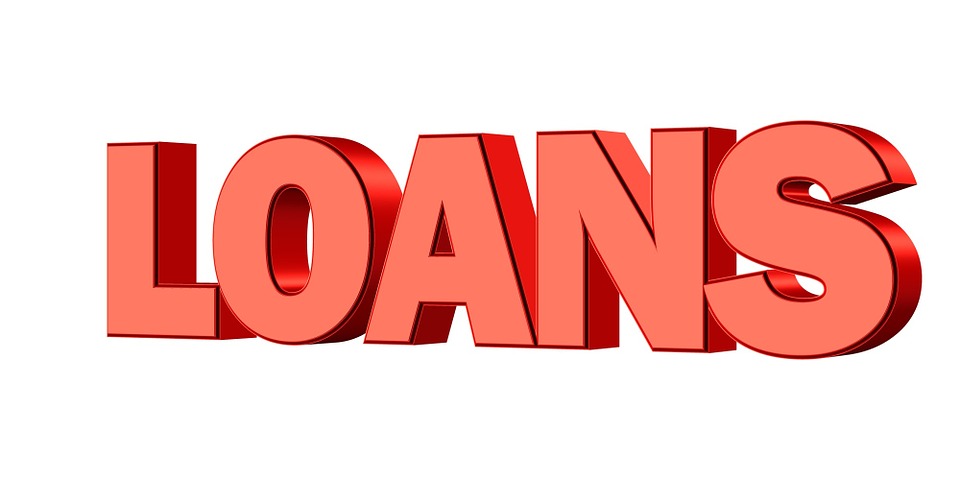Recognizing the Effect of Rates Of Interest on Home Loans for First-Time Buyers
Browsing the labyrinth of mortgage can be intimidating for novice customers, especially when rates of interest play a crucial function fit their monetary trip. The option between set and adjustable-rate home loans lugs significant effects, impacting month-to-month budget plans and long-term financial security. As rates of interest fluctuate with economic changes, recognizing their determination ends up being essential. However what approaches can these customers employ to protect one of the most desirable terms? And how do these decisions line up with individual economic objectives and risk tolerance? Check out these concerns to equip your course to homeownership with self-confidence and foresight.
How Interest Prices Are Identified
When the main bank increases this rate, obtaining becomes a lot more expensive, usually leading to enhanced home loan rate of interest prices. Conversely, reducing the government funds rate can make loaning cheaper, potentially lowering home loan prices.
Another prominent factor is inflation. Greater rising cost of living normally leads to higher passion rates as loan providers require more return to counter the decreasing investing in power of future payments. Financial development additionally plays an important function; in durations of durable financial efficiency, need for credit increases, which can drive up rate of interest prices.
Furthermore, the bond market dramatically influences home mortgage prices. Long-term interest rates, including those for mortgage, are very closely linked to yields on federal government bonds. As bond returns climb, so do home mortgage prices, reflecting the enhanced cost of long-term borrowing.

Kinds Of Rate Of Interest
Understanding the various kinds of rate of interest is important to comprehending how mortgage operate. There are largely two groups of rate of interest that customers encounter: taken care of and variable. A set rate of interest remains consistent throughout the term of the financing. This provides predictability in month-to-month payments, supplying borrowers with stability and convenience in budgeting. It is particularly helpful in environments where future rate of interest increases are expected.
In comparison, a variable rate of interest price, additionally called an adjustable price, rises and fall in time, normally in feedback to changes in a specified standard or index. These prices frequently start less than taken care of prices, which can be eye-catching to first-time buyers. They involve the threat of increasing over time, potentially resulting in higher general expenses if market rates increase. pre approval student loans.
Furthermore, some loan providers use hybrid passion rates, combining elements of both repaired and variable prices. An introductory duration with a set price might be followed by a variable price. Recognizing these differences is vital for customers to make informed choices that line up with their monetary situations and risk resistance, as each type presents possible downsides and special advantages.

Effect On Month-to-month Repayments
Monthly settlements on mortgage are directly affected by the type of rates of interest selected, which can dramatically impact a consumer's monetary preparation. Fixed-rate mortgages use security, as the rate of interest remains the same over the lending's term, making certain that monthly repayments remain continuous. This predictability aids in budget plan preparation, offering a clear economic picture over the funding's period. Conversely, variable-rate mortgages (ARMs) originally existing lower rate of interest, which can cause smaller sized initial payments. Nevertheless, these rates undergo variations based on market problems after the first set duration, potentially enhancing regular monthly responsibilities.
The option between a fixed-rate and an adjustable-rate mortgage can have immediate repercussions on a homebuyer's month-to-month spending plan. Fixed-rate financings protect versus Get the facts market volatility, supplying satisfaction yet typically at a greater initial price contrasted to ARMs. For customers intending to remain in their homes long-term, this can be beneficial. On the various other hand, ARMs could match customers anticipating income development or those intending to offer prior to the price adjustment occurs, enabling them to maximize reduced payments at first. Eventually, understanding these characteristics is important for new buyers to handle their monthly repayments properly and align them with their economic strategies.
Lasting Financial Effects
The option of rate of interest rate kind for a home financing expands past instant monthly payments, lugging considerable long-lasting financial effects. A fixed-rate home mortgage, for instance, provides stability by securing in rate of interest rates for the duration of the loan click for more term, protecting consumers from future price boosts.
Conversely, an adjustable-rate mortgage (ARM) typically begins with a lower rate of interest, which can lead to reduced preliminary payments. With time, nevertheless, the rate can rise and fall based upon market conditions, possibly causing higher settlements. This variability presents an aspect of uncertainty, which might impact economic stability if prices increase dramatically.

Approaches for Handling Rates
Browsing rates of interest on home mortgage calls for critical preparation to optimize financial end results. Newbie property buyers should take into consideration securing in rate of interest when they are desirable, as this can protect them from prospective price walkings before their lending closing. Price locks normally last between 30 to 60 days and give a procedure of certainty in a frequently unpredictable market. Furthermore, buyers could explore price cut points, which entail paying an in advance fee to safeguard a lower rate of interest. This can lead to considerable savings over the financing's life expectancy, particularly if the purchaser plans to remain in the home long-term.
One more approach involves choosing the right funding kind. Fixed-rate mortgages use security, safeguarding debtors from future price rises, while variable-rate mortgages (ARMs) may supply reduced initial rates with the danger of future changes. Buyers should thoroughly examine their economic situation and danger tolerance when picking in between these options (pre approval student loans).
Lastly, maintaining a solid debt profile is vital. A higher credit rating can dramatically boost arrangement power for a lot more positive rate of interest. Frequently examining credit report records, attending to inaccuracies, and decreasing superior financial debt can boost overall credit reliability, therefore placing buyers to secure one of the most useful prices available.
Conclusion
A comprehensive understanding of rate of interest on home car loans is important for first-time customers to make educated decisions. Fixed-rate home mortgages provide security with foreseeable payments, guarding against future price boosts, while you can try this out adjustable-rate mortgages existing preliminary financial savings with prospective future cost volatility. Examining the influence on month-to-month repayments and long-term economic health and wellness allows purchasers to align options with financial goals and take the chance of tolerance. Strategic monitoring of rates of interest can considerably affect homeownership success and financial wellness.
When the main bank increases this price, borrowing becomes a lot more expensive, frequently leading to raised home finance interest rates.In contrast, a variable rate of interest price, additionally known as a flexible price, rises and fall over time, generally in action to adjustments in a defined benchmark or index.Additionally, some loan providers use hybrid passion prices, combining aspects of both fixed and variable rates - pre approval student loans. A fixed-rate home loan, for instance, supplies stability by securing in passion rates for the duration of the funding term, shielding borrowers from future rate increases. Newbie buyers need to consider locking in interest rates when they are favorable, as this can shield them from prospective rate walkings before their funding closing